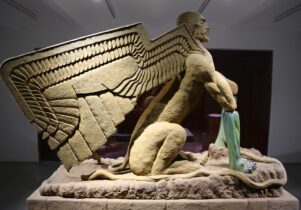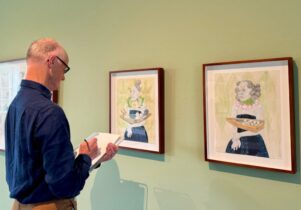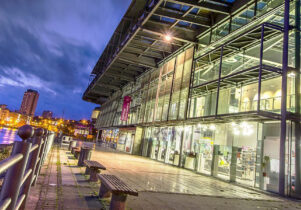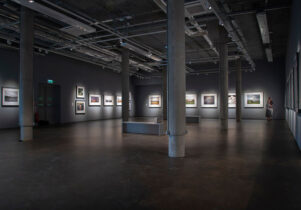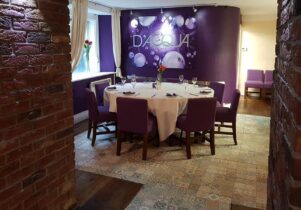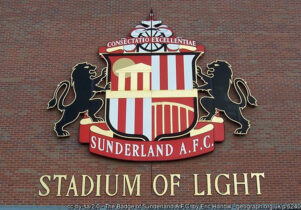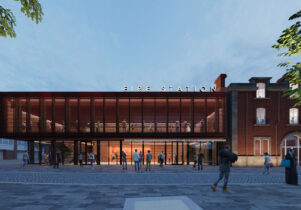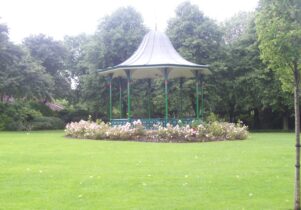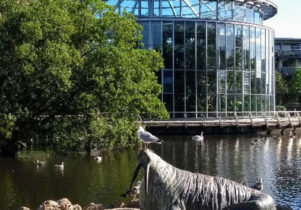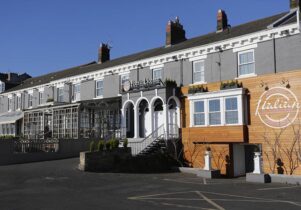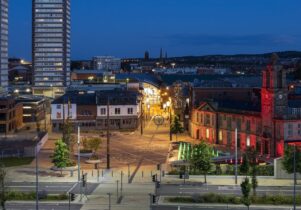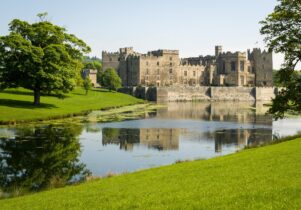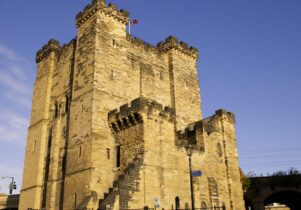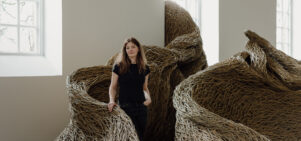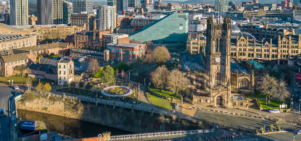St. Peter’s Church
Alexander Iles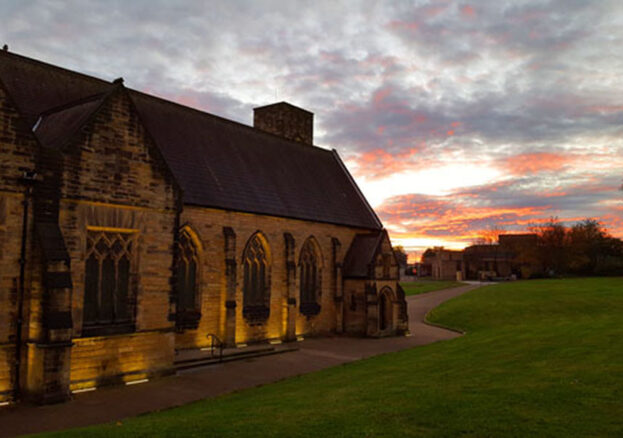
St. Peter’s Church is an ancient church that once would have been a focal point for learned men and women from all over the world. Once it was a patch of land that overlooked the River Wear and visible from the North Sea, but the dumping of ballast sand from coal ships moved it further inland. It is a Grade I listed building and is one of the oldest churches in the North East of England.
Today, the church can be found in the middle of Sunderland University with a campus that is named after it, which is very appropriate, as it provided education to those who came to it and would have been one of the most important places of learning in Britain and even in Europe, during the dark ages. It was founded by Benedict Biscop, a Northumbrian Lord who became a monk following a pilgrimage to Rome. He used the wealth he had from estates to build two famous Churches: St. Peter’s and its fellow church, St. Paul’s, which can still be found in Jarrow today. Even though it has been added to and developed over the years since its founding in 674-5 AD, you can still see the foundation stone that was laid during its construction and its west walls are Anglo-Saxon, as well as the original foundations that can be seen through a glass window in the floor – a wonderful piece of Anglo-Saxon architecture surviving to today.
The current St. Peter’s building would have been a part of a much larger institution, with gardens, herb garden and a school, which would have educated both monks and locals in reading, writing and biblical knowledge. The monasteries in the dark and middle ages functioned as a combination of schools, hospitals and guest houses and were incredibly important for the local communities around them. It is likely that this was the home of the famous St. Bede (whose bones now rest in Durham Cathedral). The Venerable Bede was the first English historian and, though Jarrow claims him, he likely worked and lived in what is now Sunderland. It is because of this church that the modern city of Sunderland is where it is, as the land was inherited by the Bishop of Durham and then developed by successive bishops and urban officials to become the city it is today. A trip to St. Peter’s Church is an amazing way to discover the history of Christian heritage of the North East and the foundations of the city of Sunderland.
